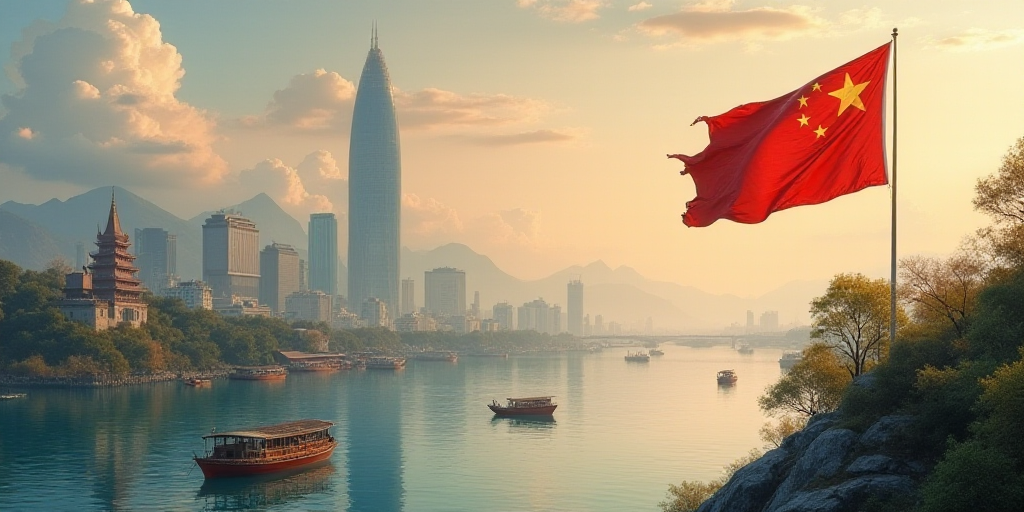Overview of China’s Industrial Slowdown
China’s industrial activity contracted for the second consecutive month in May, despite a temporary truce in its trade war with the United States. According to official data released on Saturday, the purchasing managers’ index (PMI), a key indicator of industrial production, stood at 49.5 in May, as reported by the National Bureau of Statistics.
PMI Data and Its Significance
Although the May PMI figure improved from April’s 49, it remains below the critical threshold of 50 points, which separates contraction from growth.
Impact of US Trade Tensions
Statistical official Zhao Qinghe noted that in industries linked to the US, order resumptions accelerated, and import-export conditions improved. However, a 90-day tariff truce was agreed upon between China and the US in mid-May, with negotiations appearing stalled.
President Donald Trump accused China on Friday of “completely violating” the agreement reached, though no further details were provided.
Key Questions and Answers
- What is the purchasing managers’ index (PMI)? The PMI is a key economic indicator that measures the health of the manufacturing and service sectors. A reading above 50 indicates expansion, while a reading below 50 signals contraction.
- Why is the PMI figure of 49.5 significant for China? The PMI figure of 49.5 in May signifies that China’s industrial activity is still contracting, as it remains below the critical threshold of 50 points.
- What is the current state of US-China trade negotiations? Although a 90-day tariff truce was agreed upon in mid-May, negotiations between the two nations appear stalled. President Trump has accused China of violating the agreement without providing further details.
Context and Implications
China’s industrial slowdown, as indicated by the PMI, has implications not only for its domestic economy but also for global trade and the interconnected world economy. As the world’s second-largest economy, China’s industrial performance can significantly impact global commodity prices, supply chains, and overall economic growth.
The trade tensions between China and the US, which have been ongoing for some time, have contributed to uncertainty in global markets. The temporary truce agreed upon in mid-May offered some relief, but the recent accusations from President Trump suggest that progress in negotiations remains elusive.
The industries most affected by the US-China trade tensions include technology, agriculture, and manufacturing. For instance, US farmers have been grappling with reduced exports to China due to retaliatory tariffs imposed by Beijing. Meanwhile, Chinese companies reliant on US technology and components have faced increased costs and supply chain disruptions.
As negotiations continue, businesses and investors worldwide will closely monitor developments. The outcome of these discussions could have far-reaching consequences for global trade, investment patterns, and economic stability.






